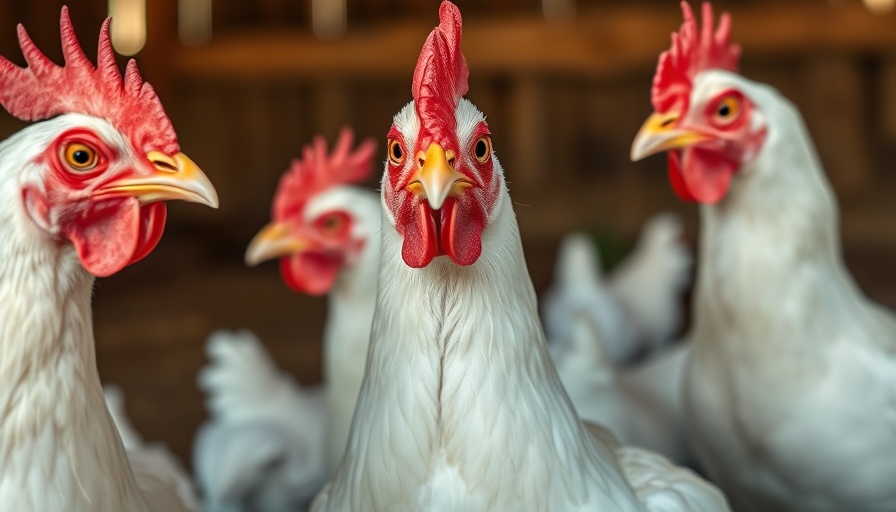
Understanding Bird Flu: What You Need to Know
Bird flu, or avian influenza, is a highly contagious virus primarily affecting wild birds and poultry. As outbreaks continue across the United States, understanding its implications on both animal and human health has never been more crucial.
What Causes Bird Flu?
The virus is caused by avian influenza A viruses, with the H5N1 strain currently causing significant concern among poultry producers. Unlike seasonal influenza, which spreads easily among humans, avian influenza is primarily a bird disease and does not readily transmit between people.
Transmission Among Birds
Birds, particularly waterfowl, can spread the virus through contact with saliva and droppings. Infected flocks can lead to mass culling, resulting in poultry shortages and increased prices for consumers. Moreover, infection isn’t limited to birds; mammalian species such as cats and dairy cows have also been impacted.
Human Infection Rates
Though rare, humans can contract bird flu, usually through direct contact with infected animals. There have been 70 confirmed cases in the U.S. since 2022, with most cases linked to those working in agriculture. This highlights the importance of workplace safety and hygiene, particularly for those handling poultry or cattle.
Preventive Measures
To mitigate risks, those at higher exposure are encouraged to maintain strict health protocols, such as proper sanitation and avoiding contact with wild birds. Ensuring that pets remain indoors and do not consume raw food can also limit potential transmission of the virus.
As bird flu continues to pose a challenge, staying informed and vigilant is essential for protecting both animal and human health. For further information on health protocols and preventive measures, consult health officials and veterinary resources.
 Add Row
Add Row  Add
Add 




Write A Comment